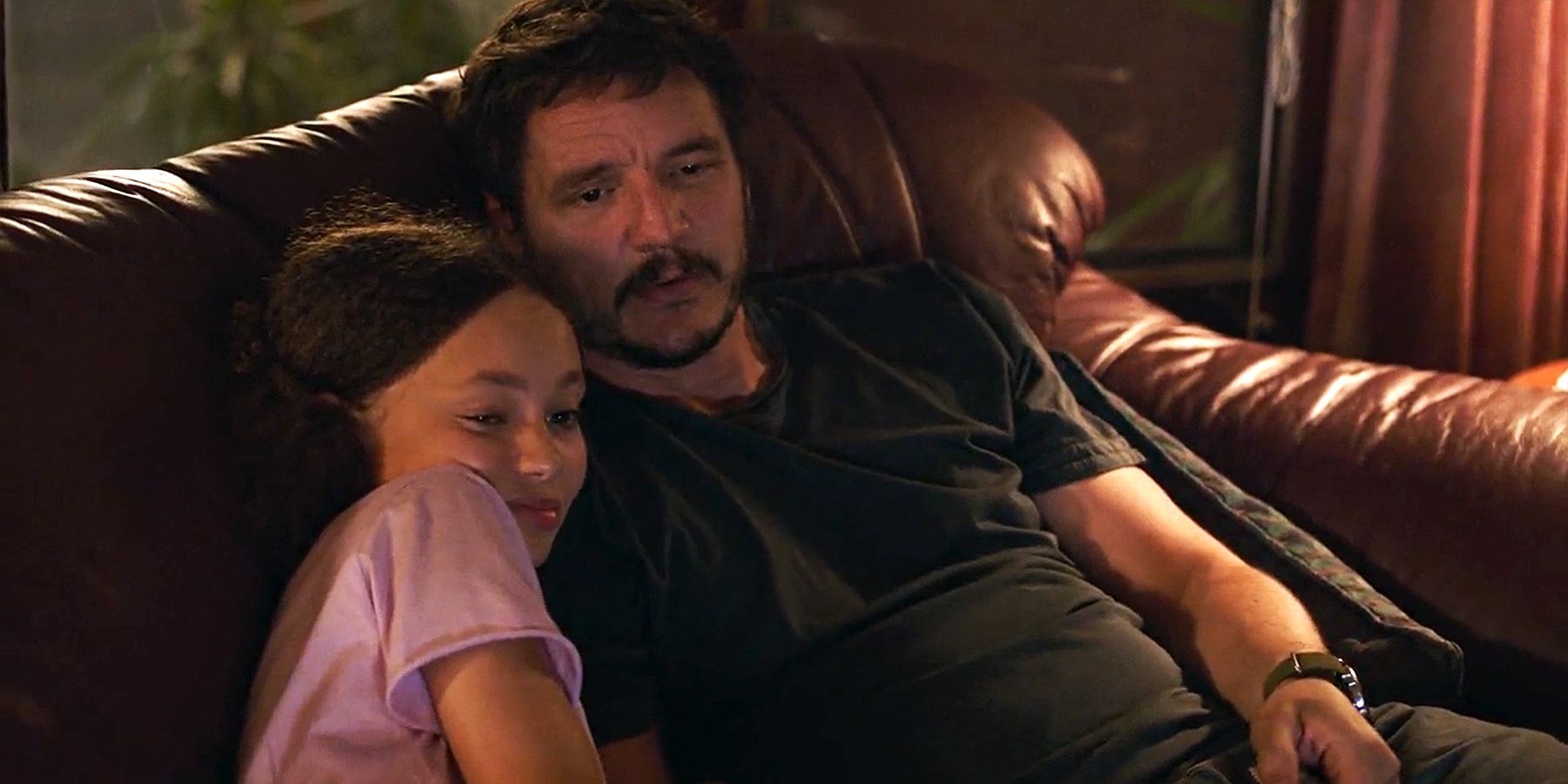Widely considered to be one of the greatest narratives in all of gaming, The Last of Us' story is far from being a complex one, but its simple tale of an emotionally-destroyed man learning to love and fight again through a surrogate daughter is an incredibly compelling one, and it's making for some excellent TV too. HBO's The Last of Us is just two episodes in, and while there have been some slight changes to the source material, most fans agree that those changes have actually been for the best, giving fans an even deeper look into the world of The Last of Us. And by far one of the best changes in the show is taking the time to delve into the cause behind the cordyceps infection, which is seemingly confirming a decade-old fan theory.
The first episode of HBO's The Last of Us follows the game's opening prologue almost to a tee, focusing on Joel's daughter Sarah on the day of the outbreak. As the episode progresses, more and more signs of infection start appearing around Sarah, finally culminating in the big chase sequence through town. After the first episode, many fans took to the internet to express their opinions and theories, and there's one theory that's returned after all these years, and episode two of the show practically confirms it.
How The Last of Us Episode 2 Practically Confirms the "Bread Theory"
Creatively titled the "Bread Theory," the core thesis here is that the cordyceps infection first spread through the consumption of flour-based products. Acting just like any other fungi would, the cordyceps would have latched on to some grain and would have continued to grow in secret. This grain is then used to create flour, and the flour is then used to create a wide range of food products. These food products are ingested, and the cordyceps find their way inside the human body, working their way through the central nervous system and eventually taking control of the brain.
In the first episode of The Last of Us, fans noticed quite a few hidden details that matched this theory. At the start of the episode, Sarah wants to make Joel some pancakes for his birthday, but they don't have any flour. Later on in the episode, when Sarah is forced to go help out her next-door neighbors, she's offered some cookies, which she refuses because they have raisins in them. Those same cookies were force-fed to one of her next-door neighbors earlier in the episode, who is the first human fans see get infected in the show. The main cast narrowly avoids flour once more later on in the first episode when Joel forgets to bring home a birthday cake.
While there was more than enough information here to get fans excited about this theory again, it was practically confirmed at the start of The Last of Us' second episode. Titled "Infected," this episode opens up in Jakarta, a location first mentioned at the very beginning of the show's first episode. Audiences are introduced to a mycology expert named Ibu Ratna as she's escorted to a government facility. Here, she inspects an infected body, observing bite marks, and witnessing tendrils growing inside the body's mouth. Upon asking an officer about the victim, Ratna is told that she worked in a flour mill, to which Ratna says that the flour would make for a great "substrate" for the growing cordyceps.
It seems as though the "Bread Theory" is all but confirmed, with this flour mill seemingly starting the spread of the cordyceps infection. Jakarta is also home to the largest flour mill in the world, so if the infection started spreading via flour, then that flour could be easily transported across the world before the government even knew what the cause of the outbreak was. This theory originally cropped up all the way back when The Last of Us first came out in 2013, with a newspaper in the prologue suggesting that the FDA was recalling some food as a means to stop the infection from spreading.
The Last of Us airs Sundays at 9 p.m. on HBO.


